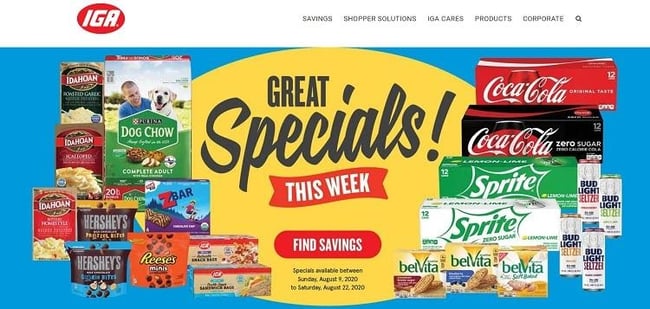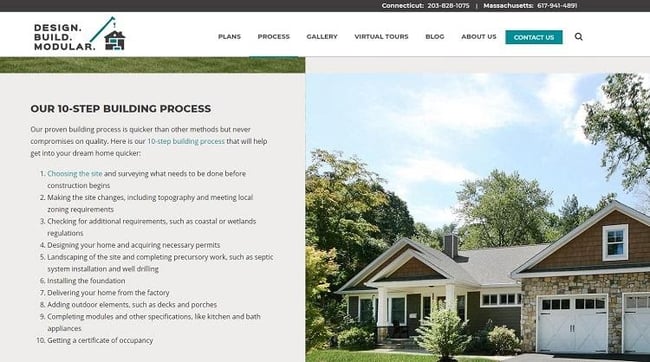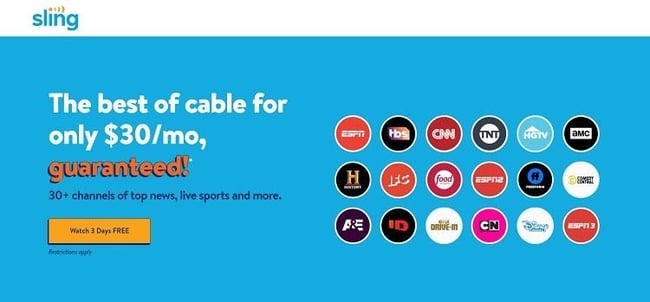You probably already intuitively understand good user experience (UX) meets customer expectations. To create a stellar encounter with your audience every time, you must know who they are and what problem needs solving.
In the most recent Global State of Customer Service Report, Microsoft surveyed 5,000 respondents to understand what people want from companies. When talking about brand loyalty, 90 percent of survey respondents said excellent customer service was vital.
Meeting and exceeding expectations is the key to remaining competitive. How do you anticipate customer needs?
7 Ways to Anticipate Customer Expectations
Here are seven things to focus on if you want customers to think of you first when they require a product or service in your industry:
1. Know Who Your Customers Are.
At first glance, this might seem like obvious advice. You can hardly meet expectations until you know what customers want.
However, a cursory buyer persona isn't enough to fully understand how to meet your clients' needs. You must dig much deeper than basic demographics of age, income, and gender.
Survey your customers and pay close attention to their feedback. Negative feedback might sting, but it also allows you to see what you're failing to fulfill.
Look at negative comments as an opportunity to fix errors. Dig into psychographics and behavior data about your customers to comprehend who they are.
2. Put Yourself in Their Mindset.
Once you have an idea of who your customer is, it's time to think the way they do. Start by asking if they need your product or service.
What are their other options in the area or online to get what they need? Can they live without the item? The more essential you make yourself to the consumer, the more likely they are to return and be a bit more forgiving as you find your way with your customer service model.
Learn to think like the people visiting your website or brick-and-mortar store. How can you entice them into trying what you have to offer? In what ways do you make their lives easier?
IGA's customers are looking for deals in their local area. The brand anticipates this expectation by listing their specials above the fold on the first page. The focus isn't on what new items they have or even how to shop there, but on what deals they currently offer.

3. Study Your Competitors.
Check out what your competitors offer. The things other companies in your industry provide to consumers often set the tone for what clients expect.
If you can't at least match what your competition does, then you are already a step behind. Ideally, you'll match their offers and add a few additional ones to make yourself stand out.
4. Walk Customers Through the Buyer's Journey.
Know where your buyers are through each stage of the sales funnel. Once you understand who needs more information, who is ready to buy, and who simply needs a closing attempt, you'll see your conversion rates rise.
You can gather this information upon the first contact. Does the person already know what they want? Perhaps they merely want to collect information. Be prepared with details that match their progress through the sales funnel.
Design. Build. Modular. lays out the steps to building a modular home with them. The company's list also helps them understand where you are in the design process and guide you to the point where you are ready to design a custom modular home.

By outlining the actions you'll go through, the business manages user expectations and avoids any misunderstandings later in the process.
5. Pay Attention to Clues.
Dig into your site's analytics. Is there a certain point where visitors bounce away? Try to figure out the reason.
Play around with different elements, word choices, and even call to action (CTA) placements. Conduct split tests until you see an improvement. If people leave your site shortly after landing there, you aren't meeting their expectations.
User experience (UX) is quite intricate. The process must be simple enough for the user to follow, and it must match what they think a normal sales process should be. Use a jarring color or confusing wording, and you risk losing the lead.
6. Offer a Free Trial.
People may feel uncertain whether your product or service meets their needs. Even with fancy words, robust explainer videos, and testimonials, some folks hesitate.
Give them a reason to give you a chance by offering a free trial or a money-back guarantee. Take the risk out of the equation, and they're much more likely to make the purchase.
Sling offers a free three-day trial where you can view their service and decide whether it's for you. The moment you land on their homepage, you see a list of some of the channels you can access — plus the CTA button offering to let you watch for a three-day trial.

They are upfront about the costs after those three days and let people know they have a few restrictions on the offer.
7. Look for a New Problem to Solve.
Don't think your work is done because you've figured out a pain point and met customer expectations. There are additional issues your customers face, and you want to be seen as the go-to company when they need help.
Look at other pain points related to your industry and figure out ways to make your customers' lives easier.
Exceed Expectations to Earn Loyalty
If you want to develop a positive name in your industry, don't just meet customer expectations — exceed them.
Go out of your way to help individual customers who aren't happy with your service. Add extras and freebies without being asked. Look for ways to improve logistics, customer service, and follow-up.
With an extra push, you'll gain lifelong customers who won't even think about going to another brand.


Lexie Lu
Lexie Lu is a freelance graphic designer and blogger. She keeps up with the latest design news and always has some coffee in close proximity. She writes on Design Roast and can be followed on Twitter @lexieludesigner.